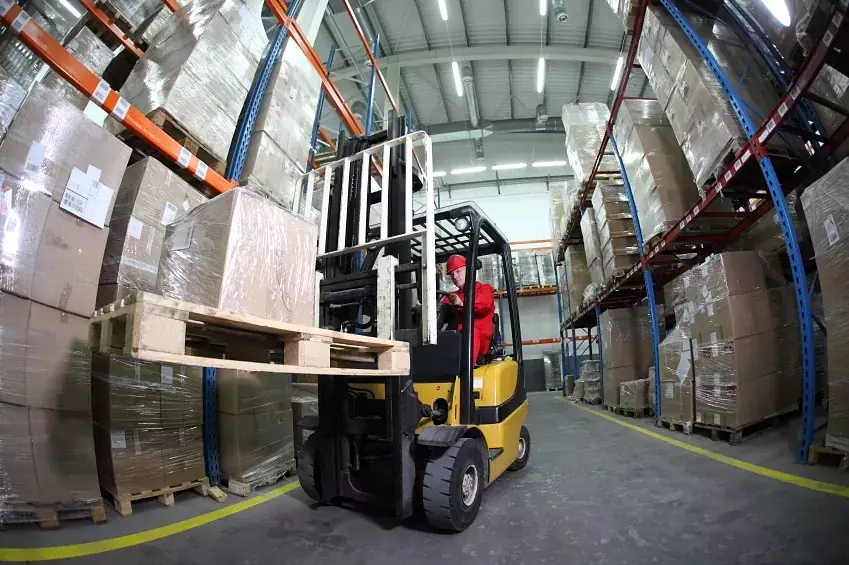 When it comes to retiring an old forklift, doing a trade-in with a lift truck dealership not only saves owners from the time-consuming process of finding potential buyers, but also guarantees a smooth ownership transition. Given that the primary purposes of a forklift trade-in is to exchange the old forklift for a newer one at a reduced upfront cost, knowing what to expect can greatly maximize your trade-in experience. For starters, here are 5 important tips that will help you to get the most out of your forklift trade-in:
When it comes to retiring an old forklift, doing a trade-in with a lift truck dealership not only saves owners from the time-consuming process of finding potential buyers, but also guarantees a smooth ownership transition. Given that the primary purposes of a forklift trade-in is to exchange the old forklift for a newer one at a reduced upfront cost, knowing what to expect can greatly maximize your trade-in experience. For starters, here are 5 important tips that will help you to get the most out of your forklift trade-in:
Tip #1: Research the value of your forklift
Like everything else, forklifts undergo price decay. The value of your forklift is significantly affected by its age, condition, and use. Therefore, it is important for you to get an updated value of your forklift in the current market. Check out the wholesale value of your model for a general idea of what dealers are willing to pay. Compare that with the retail price and your personal investment in the forklift. Use the acquired data to objectively evaluate the potential deals you will get at the dealership.
Tip #2: Shine up your forklift
While doing some background research gives you an estimated value of your forklift, it is critical to remember that a trade-in is not a one-way deal. The key variable in the price you will be offered is the perception that the dealer has on your forklift’s condition. To create a good impression, take some time to make your forklift a desirable trade. This may include giving your forklift a good wash and removing tools and personal accessories from the forklift. Making the effort to present your forklift in its best shape not only helps you to get a better appraisal, but also communicates to the dealer that you are serious about the business and the item you have to offer.
Tip #3: Bring your documents, especially the maintenance records
Take documents that are necessary to complete the trade-in with you to the dealership. In addition to your ID and proof of ownership, bringing the maintenance records of your forklift can help dealers appraise your forklift more accurately. Maintenance records are powerful evidence that validate your forklift’s history and condition. The clear data also aids in the negotiation process by allowing you and the dealer to review past repairs and figuring out how those repairs and newly replaced parts affect the value of your forklift.
Tip #4: Be prepared to “sell” your forklift
A trade-in is still a business transaction in which you are trying to offer a used product to someone for something of value. Therefore, prepare yourself to “sell” your forklift to the dealer. Start off by highlighting the virtues of your forklift. Then, confidently work from the most attractive feature to the least. You don’t have to explain the defects in details, but do not deny or lie about them either. If the forklift needs repair, know the approximate cost so you will be ready to discuss and convince the dealer that the repair cost is reasonable.
Tip #5: Negotiate with flexibility
Your ultimate goal is to get rid of your old forklift in exchange for a better one. As a result, do not get too carried away with negotiating for the highest trade-in value. Pushing to get what you want may make the trade-in experience long and tedious. Remember, you are not trying to make money out of this trade-in. Be courteous and flexible. Settle for a reasonable deal and use the money to get a better forklift that will improve your business.
Bonus tips for getting a used forklift
Once you have gotten a deal, it is merely a matter of time before you need to get another forklift. Because dealers are principle vendors of used forklifts, the trade-in value of your forklift may be used as partial payment to a newer used forklift. When purchasing a used forklift, make sure you take the time to inspect the used forklift, evaluate the maintenance records, and ask for a test drive. If the used forklift passes your assessment, you may have found your next workhorse.
